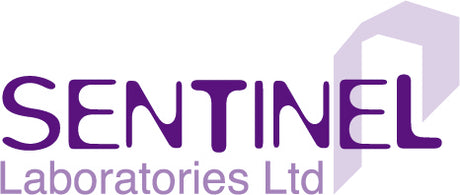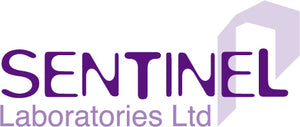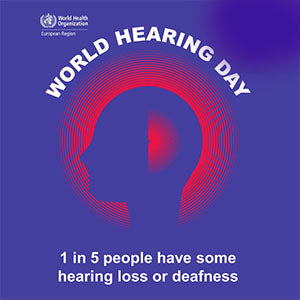The Crucial Changes Made to EN374 for Dangerous Chemicals and Micro-Organisms
Times have changed and so have the safety standards for safety work gloves. As of 2016, the EN ISO provides new standards for gloves that workers use to protect their hands from dangerous chemicals and/or micro-organisms. These include but are not limited to new testing methods, increased protection, innovative marks and vast requirements. Today, we discuss the most important EN374 changes and what they mean for workers and businesses operating with dangerous materials.
New Nomenclature: EN ISO 374
Back in 2003, the proper nomenclature for gloves that provide protection from chemicals and micro-organisms was EN374. The new nomenclature, as of 2016, for safety gloves providing protection from dangerous chemicals and micro-organisms is EN ISO 374. The change in the name may be subtle but the “ISO” that has been added to the EN nomenclature goes far beyond what meets the eye.
New Standard: EN ISO Applies to all Countries that Accept ISO
The old EN standard was created by the European Committee for Standardization, also known as CEN. It was applicable in Europe and only in selective affiliate countries, such as Australia. The old ISO was created by the International Standards Organization and is generally accepted if it complies with the local regulations of a specific area in Europe.
However, the new EN ISO is a joined cooperative by CEN and ISO under the Vienna agreement. Unlike the prior, it is applicable in Europe, as well as all countries that accept ISO and not just selective affiliate countries.
This change to the EN374 may require you to comply with new regulations that you may not have had to follow previously.
New Tests: Increased Tests for Permeation
While the old EN374 standard didn’t fall short in the testing department, it was not up to par with the chemical permeation table of today. The scoring took three specimens from the palm or the weakest area of the safety gloves and then tested for breakthrough times; the lowest score was the final result. Additionally, there was no standard for testing for the cuff on safety gloves and the chemicals that the old EN looked for only included 12 chemicals labeled A through L.
As of the new changes made to the EN374 in 2016, the scoring is still the result of three specimens that are removed from the palm of the glove with the lowest score being the final result. Though, the performance level is concluded in correlation with the breakthrough time table which allows for more accurate results and increased safety measures.
The chemical permeation table now consists of six new categories labeled M through T, in addition to the original 12 chemicals tested in the old standard. This includes the testing of six new chemicals.
If the cuffs on safety gloves are greater or equal to 400mm, they are now tested for dangerous chemicals and micro-organisms. The sample is taken at the 88mm mark from the end of the cuff on the safety glove.
New Tests: Degradation Is Now Tested
Inarguably, one of the most significant changes made to the EN374 is that new tests methods have been implemented which include the testing of degradation, which was not a part of the old standard. These testing methods include both the Puncture Degradation Resistance Test and the Weight Change Test, which consider the safety glove before and after a contact with a chemical. This is a new advancement to testing not previously seen before.
Additionally, the results are recorded in Instruction for Use as a percentage of the change due to the degradation test.
New Tests: Micro-Organisms Tests Provide Protection Against Bacteria and Fungi
The micro-organisms requirements under the EN ISO 374 provide protection against bacteria and fungi. Method B, which is also a new standard supported with a new pictogram, provides protection against bacteria, fungi and virus.
New Requirements: Restrictions on Work Gloves Claiming Protection Against Chemical Risk
Yet another important change to the EN374 is that any work gloves claiming protection against Chemical Risk must have Type C, B or A performance with the permeation test method; the glove leakage proof must use the EN374-2:2014 method and the degradation performance for claimed chemicals is available and supplied by the manufacturer.
To ensure and maintain an optimal safe environment, it’s imperative to follow the new guidelines set out in the EN ISO 374. Kimtech gloves, such as the Purple Nitrile Gloves, Sterling Nitrile Gloves, Ansell Touch'n'Tuff and other premium options that offer unparalleled protection for your workers.
Please do not hesitate to contact us for Technical Advice from a your independent distributor.





Leave a comment